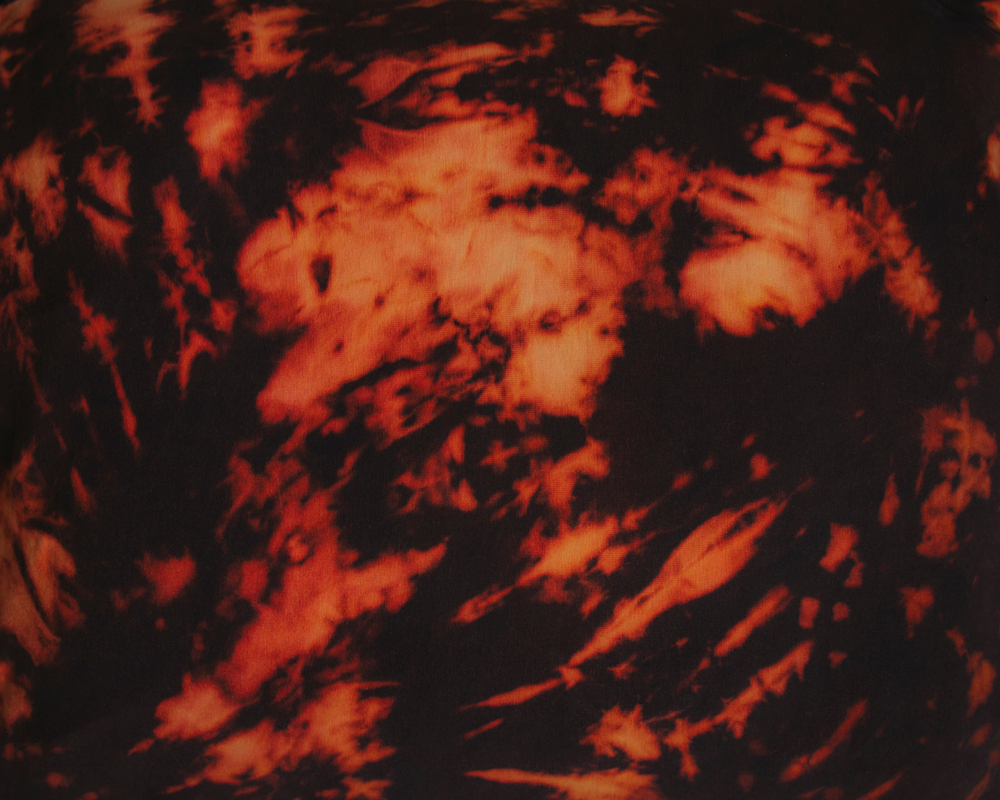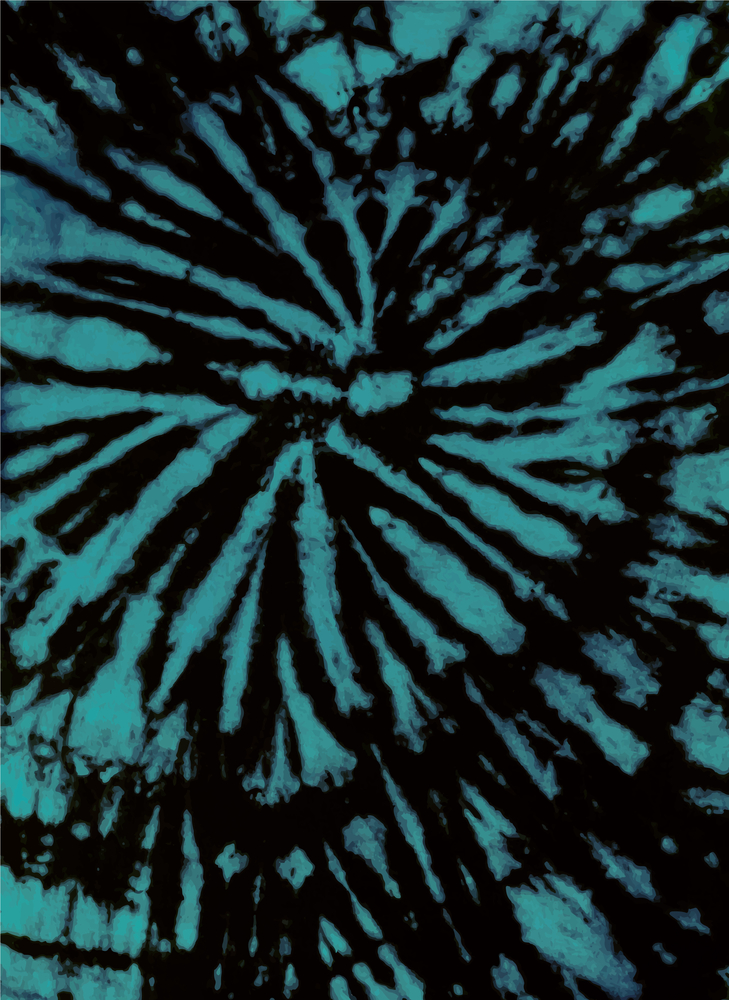How Sustainability Affects the Chemicals Used in Textiles



Every other person on this planet probably spends a considerable portion of their money on fashionable clothes. Even when the pandemic hit in 2020, online clothing brands kept coming up with trendy loungewear fashion.
Holiday sale, the latest trends, and celebrity fashion are the main reasons the clothing industry keeps moving forward. People still have no idea how all of these are harming the environment and how terrible the consequences will be if the textile industry doesn't switch to sustainable options.
Mass production of less expensive garments, disposable clothes, and countless exhibitions every year affect the environment. However, the recent generation has started promoting sustainability in textiles to save the environment as extensively as possible.
In many countries, garments are produced using clean water, and then the toxic wastewater is dumped directly into the rivers, spreading substances like mercury, lead, and arsenic. These harmful substances reach the oceans and eventually end up everywhere.
The dyeing process has made things more destructive for the planet. Chemicals and disperse or acid dyes used in the process have many terrible and harmful effects, thanks to the water-insensitive textile plants.
Before you understand how sustainability can make things better, let's dig deeper into the stats and environmental impacts of harmful dyeing and mass garment production.
Stats
- According to UNEP 2019, around 60% of the materials used by the fashion industry are made from plastic.
- “The fashion industry is responsible for 8-10% of humanity's carbon emissions – more than international flights and marine shipping combined” (UNEP, 2018).
- As per the Edition report, fashion is responsible for up to one-fifth of industrial water pollution.
However, the significant harms caused by acid or chemical-based dyes to the aquatic life result from the release of unfiltered effluents into the river banks. These dyes are applied in acidic conditions at high temperatures. Textile mills in India are constantly using acid dyes for cost-effective fabric coloring.
What are the Consequences of Textile Dyeing?

The textile dyeing process is one of the most prominent reasons sustainability has become indispensable. Modern dyeing methods comprise various steps based on the fabric and colors used in the fabric. The water is used to clean, dye, and apply chemicals to the fabric and then dump the wastewater into the rivers.
In 2017, China shut down companies producing synthetic textile dyes and implemented strict regulations for greener ways to color clothes. However, toxic chemicals are still being used with alternative options.
Disperse dyes in clothes may cause skin irritation and cause allergies. Polyesters require the most usage of disperse dyes.
How Sustainability is Transforming the Textile Industry
As more consumers and apparel companies are becoming aware of the problem, sustainable technologies and dyeing alternatives are becoming a part of the solution. These innovations help reduce water usage and provide cost-effective alternatives. All of this leads to suitable fashion for both companies and consumers.
Recyclable Fabrics
Companies like Climatext have developed fabric recycling to save the environment by reducing energy consumption. Products like upholstery fabrics can be recycled and thus reduce water usage or synthetic dyeing.
Organic Dyeing Alternatives
History is the best source to understand how people used to dye their clothes naturally for vibrant and long-lasting colors. Plants, minerals, and invertebrates are the top three organic alternatives for acid dyes. They provide various options to soften the fabric and remove health hazards caused by such chemically dyed fabrics.
Oxygen-Based Bleaching
Oxygen-based bleaching can be a great alternative to chlorine bleach, which contains toxins. Hydrogen peroxide is already being used in many textile factories around the globe. According to Rita Kant, the technique is based on cool water rather than a hot water bath for fabrics that goes on for hours. The ozone breaks into water and oxygen in wastewater.
Bacteria Dyeing
Synthetic biologist Orr Yarkoni is currently working on the Bacteria Dyeing method through his Company, Colorfix. "Engineer microorganism using DNA to convert agricultural byproducts into dyes" is the theory based on which this bacteria can be grown and fermented once the DNA code has been implanted. The bacteria are grown to create naturally grown colors, thus reducing water usage and cutting down chemical usage.
Powder Dyes from Fibers
Instead of using chemical-based acid dyes, Officina+39, an Italy-based company, has developed a range of sustainable dye Recycrom, made from recycled clothes, fibers, and textile scrap. It involves an eight-step system, where all the remains are crystalized into a fine powder. The powder is used as a pigment dye for garments like wool, nylon, cotton, or any natural fabric. There are methods to apply the powder dye, such as dipping, spraying, screen printing, coating, etc. This eliminates the usage of chemical disperse dyes and takes a step further with waterless dyeing methods.
Digital Printing
Digital printing is one of the best waterless dyeing processes, which is both fast and cost-effective. The color patterns are printed on the fabric with a two-step method. However, this doesn't work on cotton, silk, and natural fabrics.

Chemical Evaluation
This is a method where production companies can evaluate the harmful effects and quality of the chemical used in the dyeing process. By analyzing the usage, they can get to the bottom of the issue and supervise the usage of chemicals.
Textile Finishing Alternatives
Finishing is the most essential step of textile dyeing. According to Lead Innovation, around 15000 chemical substances are used for textile finishes to make a fabric waterproof, crease-free, and perfectly dyed. The process consumes a lot of water, leaving the waste for our oceans. To reduce chemical usage and contaminated water, the finishing process must be sustainable. Environment-friendly methods, usage of plant-based dyes, and sustainable technology startups are taking the lead to save the world from harmful environmental risks.
WeAre SpinDye is one such company practicing dyeing during the spinning process instead of dyeing after the spinning process. This is a cost-efficient process and also protects the resources.
The Role Consumers and Fashion Influencers Play in Sustainable Fashion
By 2030, the fashion industry is forecasted to consume water by 50%, and the carbon footprint will increase to around 2800 million tons-c Copenhagen Fashion Summit. The situation will worsen if the fashion industry does change in the coming years.
Although it is not something to be accomplished overnight, there are ways you can contribute to a more sustainable system. Here is how the modern generation can contribute to sustainable fashion.
Custom Clothing
Also known as on-demand clothing, customers today need unique customer fashion and colors. Brands and retailers increase their revenue by offering a customized shopping experience to the customer. Eco-conscious consumers and designers are choosing raw materials, plant-based colors, and ethical fashion to showcase their support for sustainability. The more it gets promoted by the fashion brands, the more consumers will show interest in sustainable clothing.
Repair, Recycle, and Redesign
The textile industry is full of opportunities. Today, fashion trends are switching to redesigning and recycling fashion. Both the consumers and the brands follow the Mantra of Reduce, Repair, Repurpose, Recycle, and Reinvent.
Dyed clothes that can be recycled with a better design are being brought to the fashion lines using raw materials and natural dyes instead of acid dyes and chemical substances. Natural resource- and microbe-dyeing have become the latest trend for repairing fabrics and manufacturing new products.
Natural and Greener
Whether you are a fashion enthusiast or a retail brand, fashion connects everyone in many ways. With increasing concerns for the environment and wastewater issues, the talk of sustainability has gone beyond the discussion. Brands are now calling for naturally grown cotton, bamboo, hemp, and other substances that are not harmful to the environment and could be great for designing clothes. On the other hand, customers are now looking into everything, from the label to how the clothes have been created. Garment life cycle, ethical clothing, and research-based shopping are now the fashion terms for well-aware fashion consumers.
Sustainable fashion is currently the need of the hour. The harmful effects of chemical-based textile manufacturing, disperse dyeing, and wastewater on the world are manifold. Startup technologies with natural dyeing methods need to initiate a collaborative partnership with textile companies and small businesses to make environmentally friendly clothing. Brands can start by creating awareness campaigns and transparent manufacturing and chemical reduction strategies.
Fashinza is a reputable B2B platform striving to reduce water consumption and move to a sustainable alternative. Working with highly motivated and eco-conscious apparel partners, it helps brands with all the clothing supplies needed, from design to delivery.



















